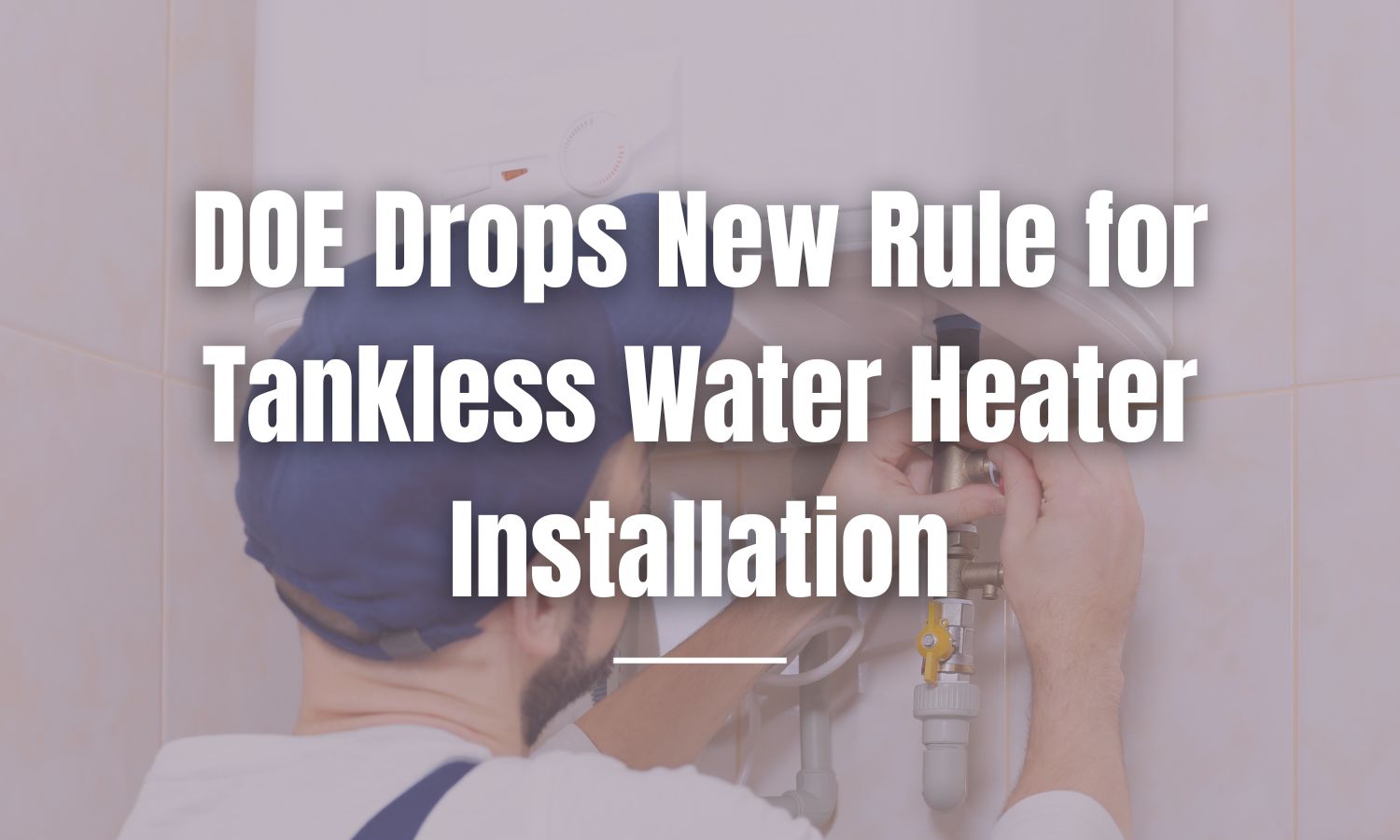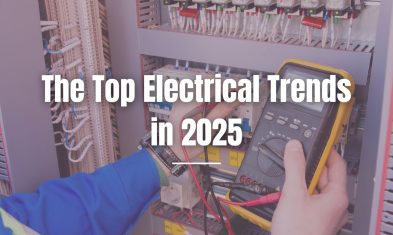The U.S. Department of Energy (DOE) has introduced a new rule that will change how tankless water heater installations are done. This rule will ban non-condensing gas-fired tankless (instantaneous) water heaters starting in 2029. HVAC companies like yours need to understand this change to prepare for its impact.
In this blog, we’ll cover:
- What the new DOE rule means for tankless water heater installation
- Differences between condensing and non-condensing water heaters
- Challenges of installing condensing models
- Steps your HVAC company can take to get ready
- How to inform customers about these changes
By the end, you’ll know how to handle this new DOE rule for tankless water heater installation so you can keep your HVAC business running smoothly.
Understanding the New DOE Rule
In December 2024, the DOE announced a rule that will ban non-condensing gas-fired tankless water heaters starting in 2029. This means that only condensing models will be allowed after that date. The goal is to improve energy efficiency and reduce emissions.
What Are Condensing and Non-Condensing Water Heaters?
- Non-Condensing Water Heaters: These heaters vent hot gases outside, wasting some energy.
- Condensing Water Heaters: These heaters capture and use the heat from exhaust gases, making them more efficient.
While condensing models save energy, they can be harder to install with pricey retrofits.
Many contractors oppose this ban as it will make installation significantly more difficult and costly for consumers. Several politicians have introduced resolutions to overturn the rule.
Installation Challenges with Condensing Models
Switching to condensing tankless water heaters brings some challenges:
Venting Requirements
Condensing heaters need special venting materials to handle acidic exhaust gases. This often means replacing existing vents, which can be difficult in older buildings.
Drainage Needs
These heaters produce condensation that must be drained properly. Installing new drainage systems can be complex and costly.
Space Constraints
Condensing models may require more space for venting and drainage systems, which can be a problem in tight areas.
Preparing Your HVAC Business
To get ready for this change, HVAC companies should:
Train Your Team
Ensure your technicians know how to install and service condensing water heaters. Provide training on new venting and drainage requirements.
Assess Customer Homes
Before installation, check if a customer’s home can support a condensing water heater. Look at venting paths, drainage options and space availability.
Update Your Inventory
Start stocking condensing models and the necessary materials for installation, like special vents and drainage pipes.
Stay Informed
Keep up with DOE updates and industry news to stay ahead of any further changes.
Communicating with Customers
It’s important to inform your customers about this upcoming change:
Educate Them
Explain the benefits of condensing water heaters, like energy savings and lower utility bills. For instance, tankless water heaters can save up to 24%-34% more energy than conventional storage tank water heaters.
Discuss Costs
Be honest about the potential increase in installation costs due to new venting and drainage needs. In some instances, more than double or triple for the heater and installation (than its storage tank counterpart).
Offer Financing Options
To help with higher costs, consider providing financing plans or informing customers about available rebates.
Want to streamline your business with next level software? Schedule a personalized FieldEdge demo today!
Remember the DOE’s New Rule for Tankless Water Heater Installation
The DOE’s new rule will change tankless water heater installations by banning non-condensing models starting in 2029, unless it is repealed. HVAC companies like yours need to prepare for this potential shift by training staff, assessing customer homes, updating inventory and communicating with clients.
Key takeaways:
- Understand the new DOE rule banning non-condensing tankless water heaters in 2029.
- Recognize the differences between condensing and non-condensing models.
- Prepare for installation challenges like venting and drainage requirements.
- Train your team and update your inventory to handle condensing models.
- Inform your customers about the changes and how it affects them.
By taking these steps, your HVAC business can smoothly transition to the new requirements and continue to provide excellent service to your customers.
Related: EPA Introduces Rules For HFC Refrigerant Management and Technology Transitions




